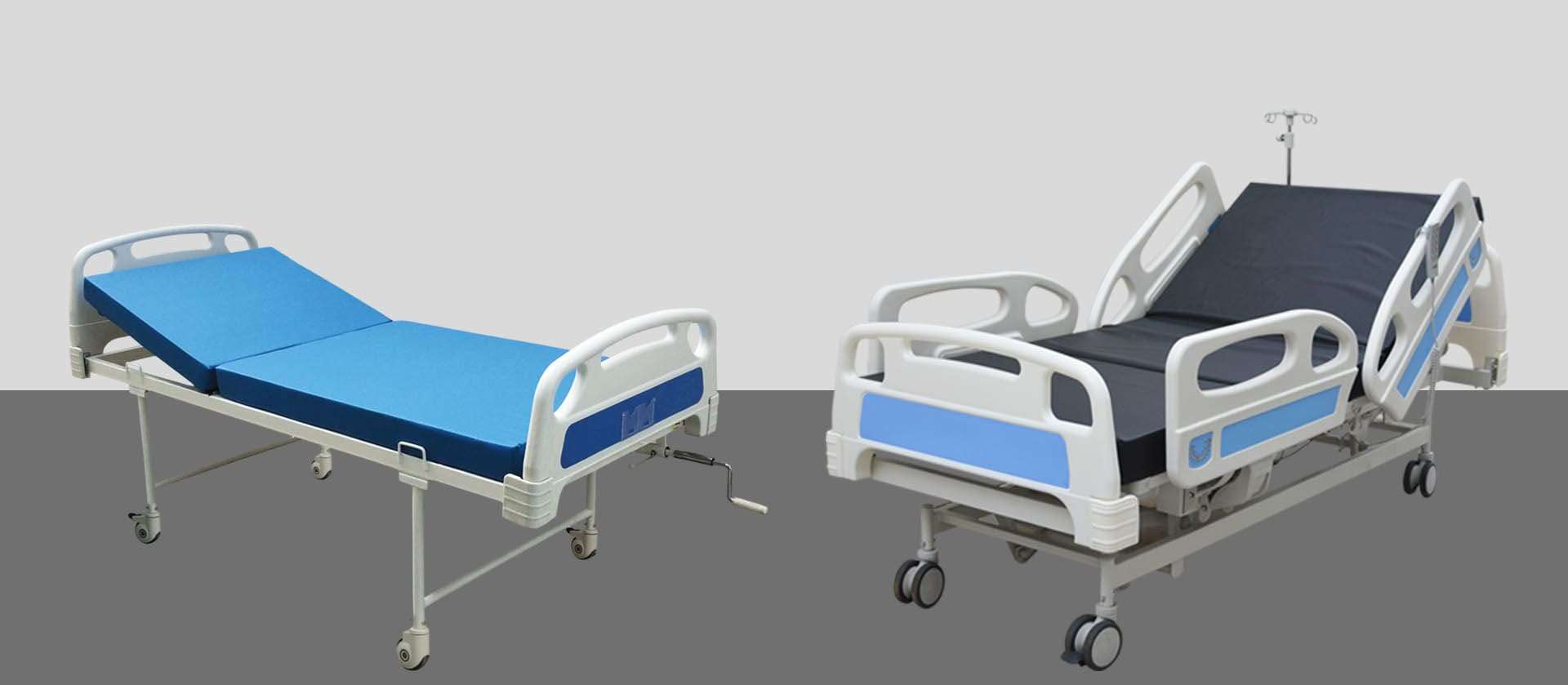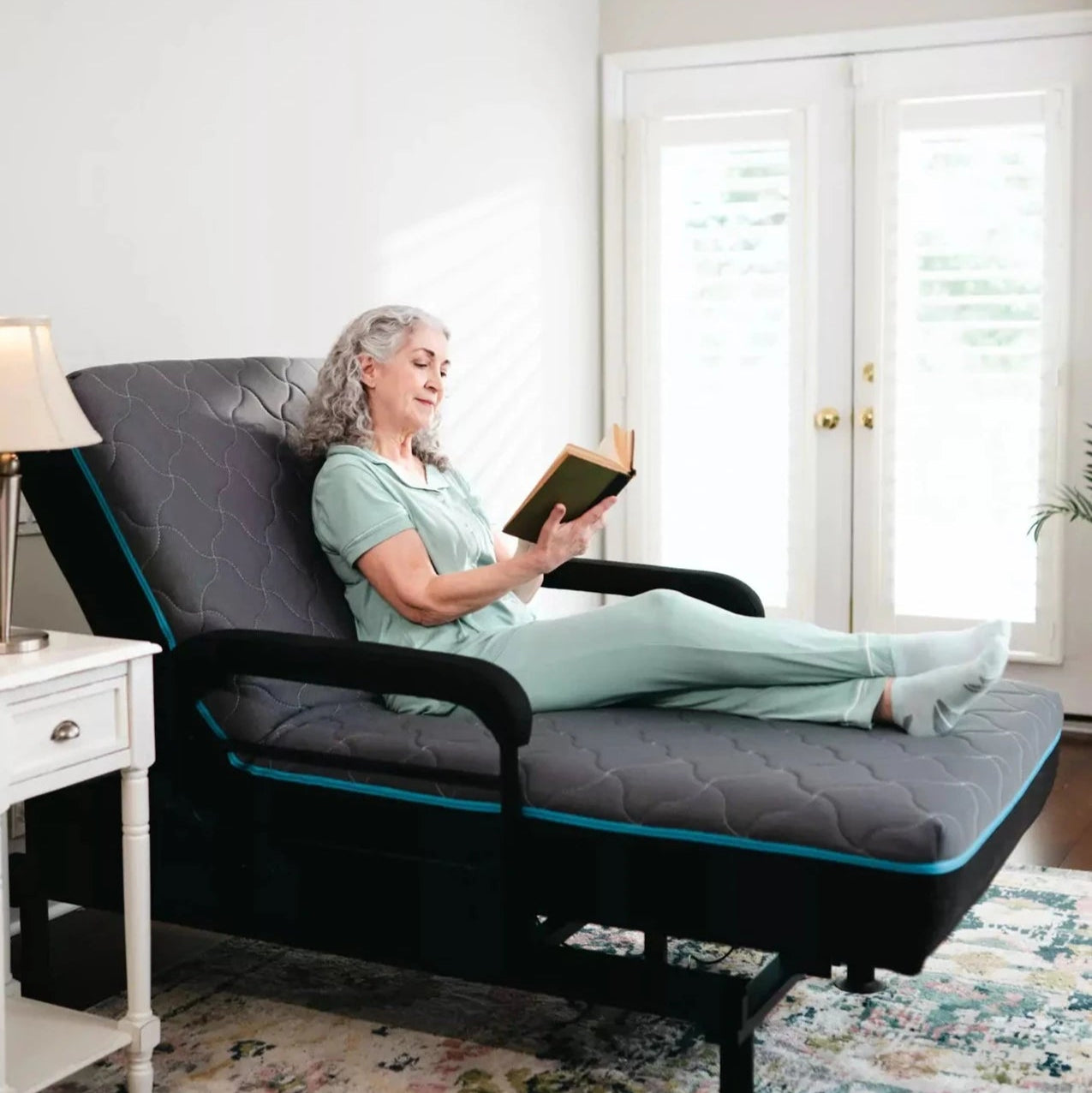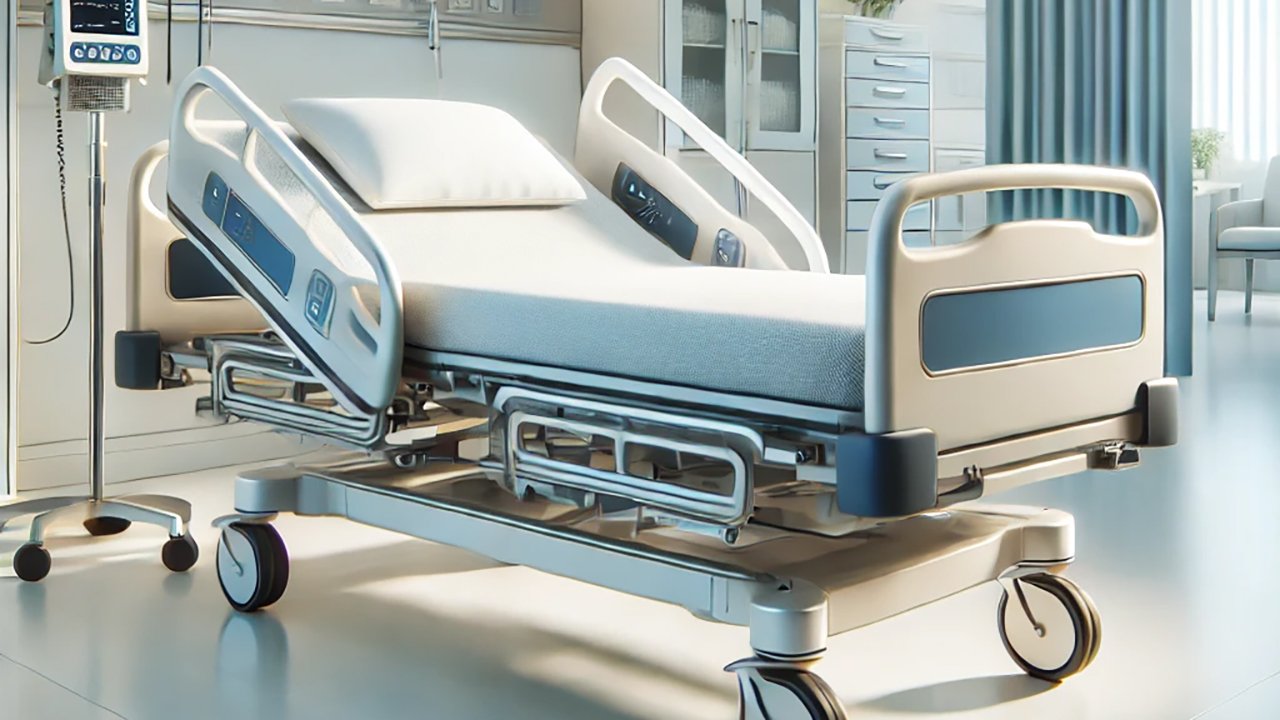Top Guidelines Of Hospital Beds For Home Use
Top Guidelines Of Hospital Beds For Home Use
Blog Article
Getting The Hospital Beds For Home Use To Work
Table of ContentsMore About Hospital Beds For Home UseHospital Beds For Home Use - An OverviewHospital Beds For Home Use for BeginnersHow Hospital Beds For Home Use can Save You Time, Stress, and Money.The Greatest Guide To Hospital Beds For Home UseThe 7-Second Trick For Hospital Beds For Home UseOur Hospital Beds For Home Use Ideas
All adjustments are regulated electrically, which is simple to run and extremely accurate. It appropriates for events where patients have actually limited flexibility or need to readjust their position regularly. Next, we will certainly check out the characteristics, utilizes, and Benefits and drawbacks of each kind of medical facility bed in deepness. A hands-on health center bed is the many standard type of health center bed, and all modification features are achieved with a hand-cranked tool.These hand-cranked gadgets are typically set up at the foot or side of the bed, and the caregiver or client can adjust the height or tilt angle of the bed by drinking the deal with. Given that no electric parts are called for, are typically less expensive than electric hospital beds, suitable for clinical establishments or households with restricted budget plans.
Unknown Facts About Hospital Beds For Home Use
For people that need to adjust their posture or elevation often, hands-on beds might not be hassle-free sufficient since each modification requires hand-operated procedure. If the bed needs to be adjusted regularly, nursing staff might need to spend even more physical stamina to operate the hand-cranked tool - hospital beds for home use. Handbook beds are usually appropriate for clients in the recovery duration or events with low nursing demands
Typically, the adjustment of the back and legs is regulated by electric motors, while the total height adjustment still requires to be done manually. The function of this design is to minimize costs and power usage while maintaining high operational convenience. Contrasted with manual medical facility beds, semi-electric hospital beds are easier in readjusting the back and legs, particularly for patients that need to adjust their stance often.
Since just some features depend on electrical power, semi-electric hospital beds eat less power throughout use. Given that the overall elevation still needs to be readjusted manually, it might not be as hassle-free as completely electric medical facility beds for individuals who need to adjust the bed elevation frequently. Compared with hand-operated medical facility beds, semi-electric healthcare facility beds are slightly much more complicated to run, requiring individuals to understand the mix of electric and hands-on operations.
Electric health center beds have high adjustment precision and can be exactly adapted to a details angle and height according to the requirements of individuals to provide the most comfy assistance. All-electric healthcare facility beds are typically geared up with a range of added functions, such as integrated ranges, cushion stress change, and so on, to meet the special needs of different patients.
A Biased View of Hospital Beds For Home Use
A reduced bed is a specially developed healthcare facility bed that can be adapted to a very reduced degree, normally just a few inches from the ground. The objective of this style is to reduce the threat of individuals falling from the bed, especially for people who go to danger of falling, such as the senior or clients with limited flexibility.

The Hospital Beds For Home Use PDFs
provide a care setting suitable for kids's elevation and body form, enhancing the convenience and safety of kids. Some pediatric beds are likewise outfitted with brightly colored bed rails or animation designs to lower the fear of children in the hospital environment. For kids who require to remain in bed for a long period of time, pediatric beds are generally equipped with anti-bedsore mattresses, adjustable bed rails and various other functions to offer detailed treatment assistance.
The distribution bed is additionally outfitted with postpartum recuperation features, such as bed mattress modification, bed home heating, etc, to assist moms recover faster. The intensive care bed (ICU Bed) is made for the extensive treatment device (ICU) and has thorough surveillance and nursing features. This kind of bed is generally equipped with user interfaces for a selection of tracking devices, which can check here keep an eye on the individual's important check in actual time, such as heart price, blood stress, respiration, etc.
Some Known Facts About Hospital Beds For Home Use.
The extensive care bed has a totally electric adjustment feature, which can swiftly adjust the angle and setting of the bed to meet the requirements of various treatments and treatment. The design of ICU bed considers the need of rescue procedure. The bed can be rapidly adapted to the most ideal rescue stance and cooperate with making use of rescue devices.
It can efficiently isolate clients from the outdoors and reduce the danger of infection transmission. Seclusion beds are typically outfitted with special bed curtains or securing covers and connected to air filtration systems to maintain the air around the bed clean. Seclusion beds are specially developed to avoid the spread of microorganisms from transmittable individuals and protect the security of various other clients and clinical staff.
Isolation beds are furnished with air filtration systems that can filter bacteria and particulate matter in the air to maintain the air around the bed clean. Can likewise be readjusted to various placements.
Top Guidelines Of Hospital Beds For Home Use
Broader and sturdier than a basic bed. Overweight, excessive weight, individual sizeDesigned for individuals in danger of falling out of bed. Lower to the ground than a standard bed. Person falls, bed heightDesigned for children. Smaller sized in dimension than a conventional bed. Pediatrics, child-sized equipmentUsed during giving birth. Outfitted with functions such as stirrups and a headrest.

In a health care setup, selecting the right bed can not just improve the efficiency of treatment, yet also substantially boost client convenience and safety and security. By understanding the types and uses of these beds, medical care centers and family caregivers can better sustain and look after their patients.
All About Hospital Beds For Home Use
HomeCare Health Center Beds, a department of DiaMedical United States, is devoted to supplying total transparency for its customers. Clients can be overwhelmed by the various alternatives in lengthy term treatment items, and HomeCare Health center Beds is devoted to simplifying this procedure, while making sure clients get the information and assistance they require.
Medicare Component B (Medical Insurance coverage) covers healthcare facility beds as resilient medical equipment (DME) that your medical professional suggests for use in your home. After you meet the Component B insurance deductible you pay 20% of the Medicare-approved amount (if your provider accepts assignment). Medicare pays for various sort of DME in different means.

Report this page